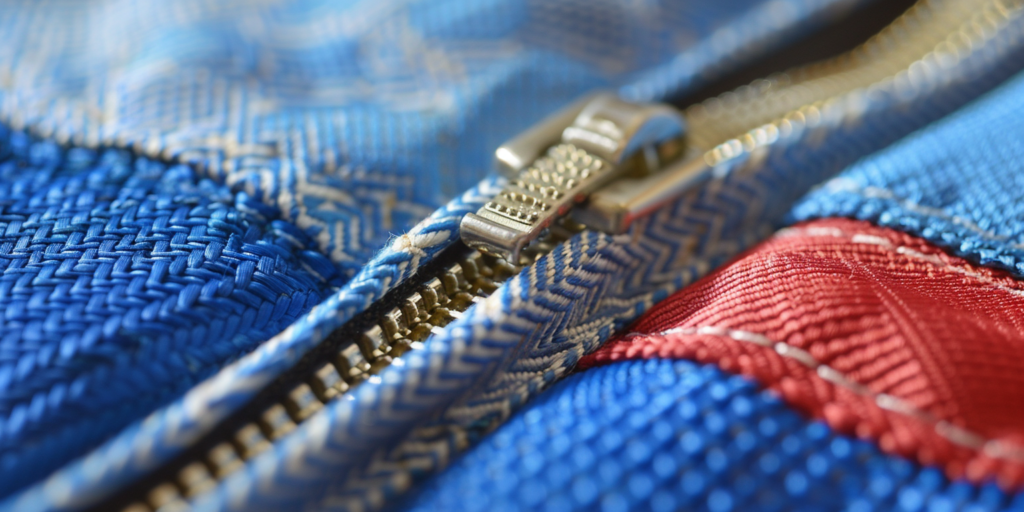Sewing can be a fun and rewarding experience. However, adding or replacing a zipper can sometimes be a challenge. And it’s not just about the sewing part. For the novice, knowing how to select the right zipper for a particular project can also be confusing. Here are five helpful tips for choosing the right zipper for your sewing project:
1. Consider How You Want Your Zipper to Perform
Believe it or not, there are well over a dozen different types of zippers, so becoming familiar with the most common types and knowing what you want your zipper to do will help you make the right choice. If, for example, your sewing project is a dress, top, or pair of pants, then you’ll want a closed-end zipper that has a stop at the bottom so it cannot come apart. On the other hand, if you’re making a jacket, you’ll want a separating zipper that has no stop at the end so you can easily slip it on or off.
2. Consider the Length of the Zipper You Will Need
If you’re working from a printed pattern, you’ll probably be advised on the length and type of zipper you need. But that may not always be the case. As a general rule, smaller zippers sized 1-4 work well for lightweight skirts, pants, and dresses, and medium sizes 5-7 work well for hoodies and jackets. Heavy-duty zippers in the 8-10 size range are most suitable for such items as boots, outdoor gear, and upholstery.
3. Consider Any Special Needs of the Person or Persons Using the Zipper
It’s not something we often think about, but not every zipper works for everyone. This is especially true with pull tabs on zippers. Those with limited dexterity, neuropathy, or arthritis may find it difficult to handle small pull tabs. Fortunately, well-stocked fabric and notions stores should have these little extras. If you can’t find the right type of zipper you need with a pull tab that works for your needs, consider purchasing a more appropriate tab separately and replacing it.
4. Choose a Zipper That Fits the Environment It Will Be Exposed To
In addition to the standard types of zippers found in most fabric and notions stores, there are also a number of specialty zippers that are made to hold up well when exposed to corrosive environments like saltwater air or extremely cold weather. A good salesperson should be able to put you in the right direction.
5. Choose a Zipper Based on Your Application
Can you imagine using a large, heavy-duty plastic zipper chain for a formal gown? What a disaster that would be! An invisible zipper with fine teeth and an unobtrusive pull tab would be the far better choice. Nor would you use that same delicate invisible zipper for a tent or boat cover. For that project, you’d want a durable, rust-proof nylon or polyester coil zipper that not only bends well around corners but also offers two-way functionality and easy realignment. Always remember, whether shopping in-store or online, if you’re ever uncertain about what type of zipper would best suit your application, the staff where you buy sewing notions should be able to provide the proper guidance.




